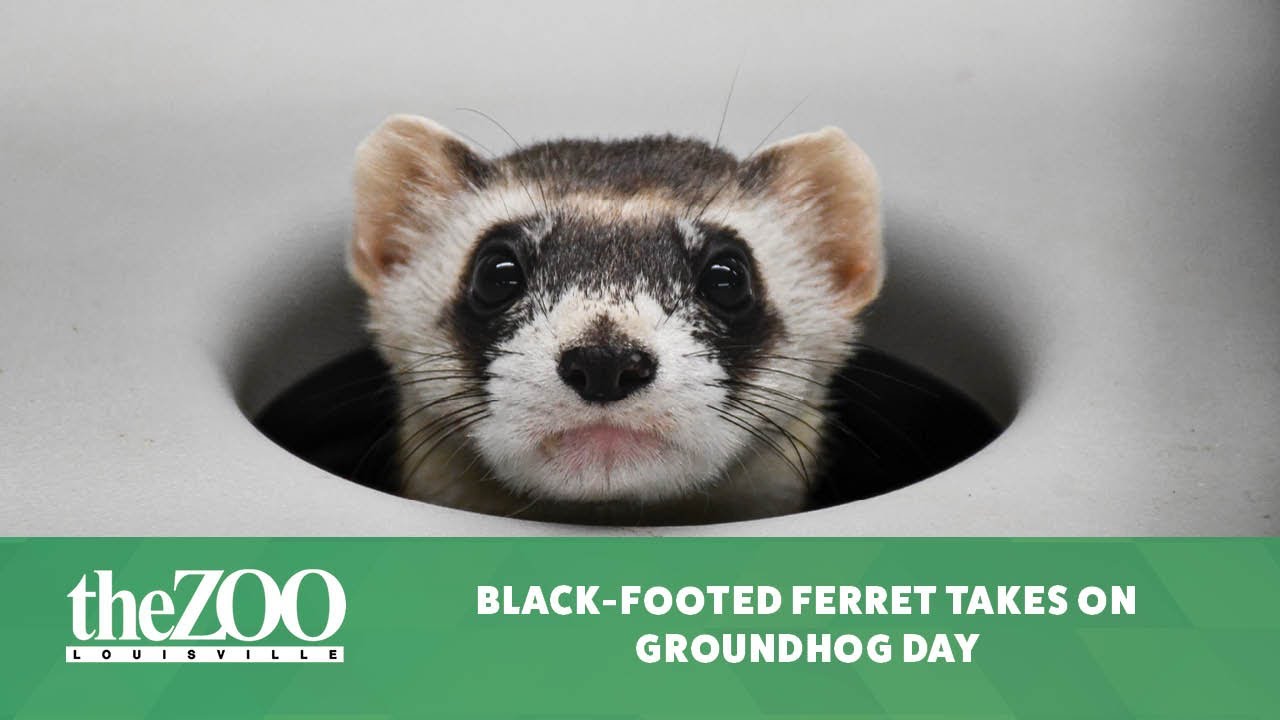- The ecological relationship between Black-footed Ferrets and groundhogs in prairie ecosystems.
- Conservation strategies and management practices in zoos aimed at preserving Black-footed Ferrets.
- The role of educational media, like video content, in wildlife conservation and public awareness.
- Challenges and successes in Black-footed Ferret reintroduction programs.
- The broader implications of Black-footed Ferret conservation efforts for biodiversity and ecosystem health.
In the intricate web of prairie ecosystems, Black-footed Ferrets play a pivotal role. These small carnivores are native to North America and are closely associated with prairie dog colonies, a relationship that underscores the interconnectedness of species within this environment. A compelling aspect of their survival involves the unexpected interaction with groundhogs. While not a primary prey species, groundhogs share habitats and sometimes compete for resources, adding layers to the environmental dynamics. This interaction becomes a unique lens through which we can better understand these ecosystems’ complexities and balance. The "Black-footed Ferret Takes on Groundhog Day" video exemplifies this compelling interplay and serves as an educational tool to broaden public understanding of these creatures’ ecological roles.
Historically, Black-footed Ferret populations faced severe declines due to habitat loss, disease, and reduction in prey population, primarily prairie dogs. By the late 20th century, they were considered one of North America’s most endangered mammals. Conservation efforts shifted dramatically with their rediscovery in Wyoming in 1981, sparking rigorous zoo-based programs and research initiatives focusing on their recovery. Zoos and conservation centers have played a vital role in this resurgence by implementing captive breeding programs that have gradually increased populations for reintroduction into the wild. These programs are not merely about breeding but encompass careful genetic management to maintain diverse gene pools essential for long-term species survival.
Educational video content, such as the "Black-footed Ferret Takes on Groundhog Day," serves as a vital bridge between scientific communities and the general public. Through engaging narratives and accessible visuals, such media attract diverse audiences by simplifying complex conservation topics. These videos illustrate the Jekyll-and-Hyde nature of ecosystems where survival can pivot on minute interactions, like those between ferrets and groundhogs. Undoubtedly, such tools expand the reach and impact of conservation messages, promoting broader awareness and commitment to biodiversity protection.
Reintroduction of Black-footed Ferrets into the wild remains a challenging endeavor. Success hinges on establishing viable populations in their native habitats. Essential to this mission are intensive management techniques such as disease monitoring and habitat restoration. Plague, a particular concern, is a significant threat requiring vaccination of both ferrets and their prairie dog prey. Despite these hurdles, there are notable achievements. Established populations in parts of Wyoming, Montana, and South Dakota mark significant milestones in recovery efforts, indicating a cautious yet promising trajectory.
The broader implications of conserving Black-footed Ferrets extend to enhancing whole ecosystems and promoting biodiversity. These efforts reinforce the necessity of maintaining healthy populations of prairie dogs, themselves ecological engineers who modify habitats in ways that benefit numerous other species. Furthermore, conserving the Black-footed Ferret exemplifies a holistic approach to wildlife management where the survival of one species aids in the preservation of an entire ecological community. This synergy strengthens our understanding of biological interconnectedness and emphasizes the importance of comprehensive conservation strategies.
In sharing the tale of how a Black-footed Ferret navigates life above its groundhog counterpart, we gain insight into the compelling dance of survival and competition. Zoo management and wildlife conservation strategies have embraced this nuanced narrative to enrich our comprehension of endangered species. Movies and videos, like "Black-footed Ferret Takes on Groundhog Day," offer not only entertainment but cultivate knowledge and empathy about ecosystem intricacies. Through such informational efforts, a new wave of conservation advocates is born, better equipped to champion these small yet mighty sentinels of the prairie.
*****
Source Description
Happy Groundhog Day!
Today, we enlisted the help of Moxie, a black-footed ferret in our Conservation Center, to determine what kind of weather we can expect to see in the near future.
Great news — you can still enjoy the Zoo during the winter or spring!
#zoo #louisvillezoo #groundhogday


